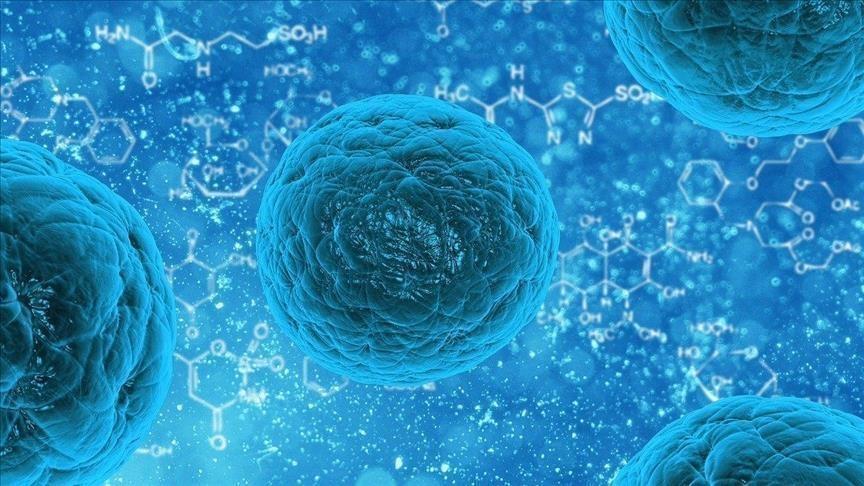
Cancer Treatment that Makes Tumours Mimic ‘Pork’ Developed by Chinese Scientists
Cancer, one of the most devastating diseases affecting millions of people worldwide, has been a stubborn challenge for medical professionals and researchers. Despite significant advances in cancer treatment, many patients continue to struggle with treatment-resistant cancers, leading to poor outcomes and reduced quality of life. However, a breakthrough discovery by Chinese scientists may offer new hope for cancer patients. According to a recent study published in the journal Cell, researchers have developed a revolutionary cancer treatment that modifies tumours to resemble ‘pork’, triggering an immune response that targets and attacks the cancer cells.
The study, published in the journal Cell, describes a novel approach to cancer treatment that involves designing tumours to mimic pig tissue. This innovative strategy, known as ‘tumour engineering’, aims to confuse the immune system by making the tumour cells appear foreign, thereby activating an immune response that targets and eliminates the cancer cells.
The research team, led by Dr. Liang Huang from the University of Science and Technology of China, designed a series of experiments to test the efficacy of this approach. In the study, they created genetically modified tumour cells that expressed porcine (pig) genes, effectively making them resemble pig tissue. The modified tumour cells were then implanted in mice, and the researchers monitored the immune response.
The results were striking. The mice’s immune systems responded to the modified tumour cells by identifying them as foreign and launching a targeted attack. The cancer cells were eliminated, and the tumours shrunk or halted in growth. This innovative approach has significant implications for cancer treatment, as it offers a new way to target treatment-resistant cancers that have proven challenging to treat with conventional therapies.
The breakthrough has not gone unnoticed. Early clinical trials involving patients with treatment-resistant cancers have yielded promising results. Many patients have experienced either halted tumor growth or shrinkage following treatment, providing hope for a new era in cancer care.
So, how does this revolutionary treatment work? The process begins with a series of genetic modifications that alter the tumour cells to express porcine genes. These genes are responsible for the production of porcine proteins, which are then incorporated into the tumour cells. This transformation makes the tumour cells appear foreign to the immune system, triggering a robust immune response.
The immune system, which has evolved to recognize and eliminate foreign substances, recognizes the modified tumour cells as pig tissue and mounts a targeted attack. The immune cells, such as T-cells and macrophages, are activated to eliminate the cancer cells, reducing tumour burden and improving patient outcomes.
This innovative approach has several advantages over traditional cancer treatments. First, it offers a targeted approach, eliminating cancer cells while sparing healthy tissues. Second, it has the potential to be used in combination with other therapies, such as chemotherapy and immunotherapy, to enhance treatment outcomes.
The study’s findings have significant implications for cancer research and treatment. This novel approach offers a new way to target treatment-resistant cancers, providing hope for patients who have exhausted conventional treatment options. The development of this technology has the potential to revolutionize cancer care, offering a new era of targeted and effective treatments.
In conclusion, the development of a cancer treatment that makes tumours mimic ‘pork’ is a significant breakthrough in the field of cancer research. This innovative approach offers a new way to target treatment-resistant cancers, providing hope for patients who have exhausted conventional treatment options. As we continue to learn more about this technology, we may uncover new avenues for treatment and improved patient outcomes.






